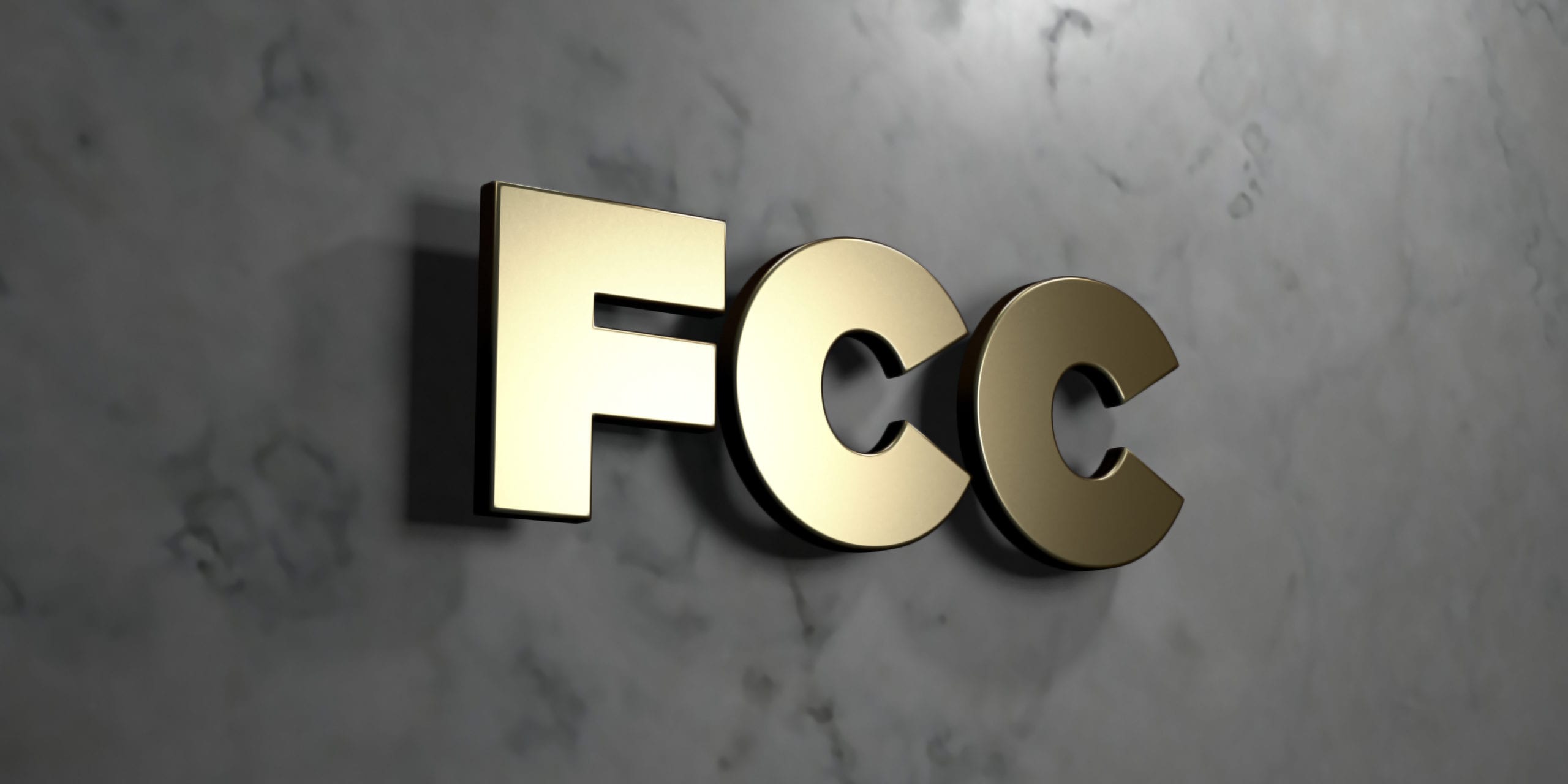FCC New Rules

Deploying broadband infrastructure is critical, now more than ever. Attaching fiber cable to utility poles has long been preferred to burying cable for those focused primarily on cost-savings and quick deployment. But, when multiple attaching companies have fiber occupying one pole, it becomes nearly impossible for the next attacher to move them in a timely manner. As part of the Federal Communications Commission’s (FCC) strategy to accelerate the deployment of next-generation wireless and wireline broadband infrastructure, the FCC voted in August of 2018 to adopt reforms to its pole attachment timelines, processes, rates and complaint procedures that would ensure timely placement for the latest permit holder.
Why Change?
Currently, broadband is essential across the United States for economic development and a long-term social investment including connected education and healthcare. These networks are needed to attract new businesses and improve productivity amongst existing businesses, allow individuals the opportunity to work from home and improve the quality of life amongst citizens – which Rural America struggles with.
The FCC is essentially trying to accelerate a broadband buildout by enhancing competition, reducing delays and costs for new attachers and improving the reliability of networks for consumers. This comes after the FCC found in their Eighth Broadband Progress Report that 19 million Americans lack access to high-speed internet.
Recap of the Process
One Touch Make Ready (OTMR) allows a new attacher to use a single approved contractor to perform all work necessary to place fiber and/or equipment on utility poles by making only one trip to the pole. Previously, the attaching company had to wait for each owner or attacher to move their equipment on the pole individually which could take months, wasting valuable time and money.
The value of this expedited “simple” process will be higher in dense metropolitan areas – attachers want to deploy their networks and pole space is at a premium. The challenge is dense metropolitan areas tend to require “complex” make-ready processes. If your project requires a high percentage of “complex” make-ready processes, the value of the OTMR process will diminish quickly.
TimeLine
Below are the differences between prior rules and OTMR as noted by the FCC:
Key Take-Aways
- It permits over-lashing.
- New attachers are not responsible for the costs of repairing pre-existing violations of safety or other codes or utility construction standards discovered during the pole attachment process.
- The new procedures prohibit states and local governments from placing a moratorium on broadbanddeployments
- The definition of “complex” make-ready is work that may result in a power outage or work to be performed above the communications space (I.E.: small cell attachments).
Need Help?
BHC is a telecom and civil engineering firm based in Overland Park, KS. For 29 years, our core business has been planning and designing fiber networks for fiber providers. We have the experience and capability to support both pole owners and fiber providers. Our experts can help navigate you through these complex issues and create a solution that best suits your needs – while understanding the rules and regulations put forth by the FCC. Contact Bill Brungardt to learn more.

